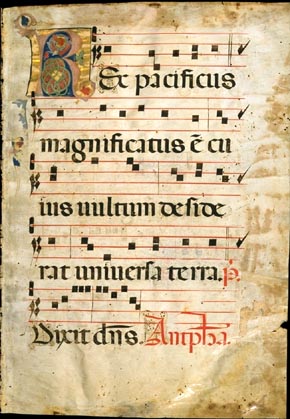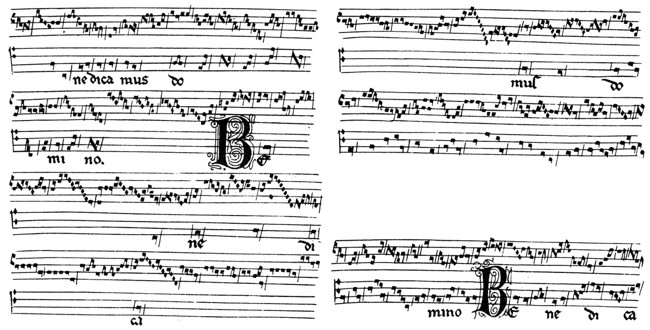Introduction to Polyphony

Polyphony is the musical texture that consists of two or more melodic lines of equal importance being played simultaneously. The earliest form of polyphony dates back to medieval times when more voices were added to Gregorian Chants. This was called Organum (Gregorian chant with additional voices). First the extra lines would play parallel to the main one, but at different pitches. The polyphonic texture really began later on when the melodies added to the chants took their own form. The added voices became more independent, developing their own melody. Around 1100 is when the two voices singing at the same time differed completely. Even rhythmically. The music then became more important than the text, since the it was not easy to understand what was being said with different melodies being sung to different words simultaneously.
Polyphony is not exactly analogous, however, to different people talking at the same time and trying to understand what each one is saying. Composers do not just play any two random melodies together in their music. In fact, polyphony is used carefully to create highly expressive sounds in music. This is called counterpoint.
